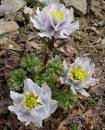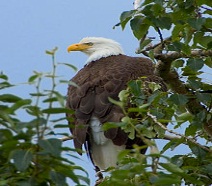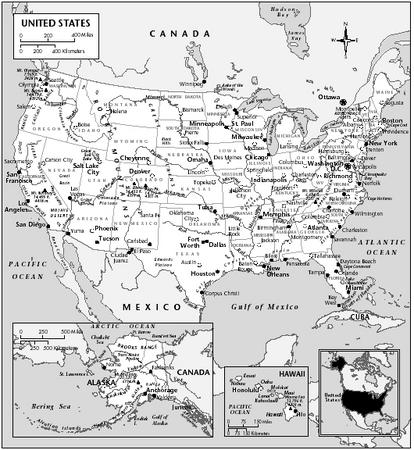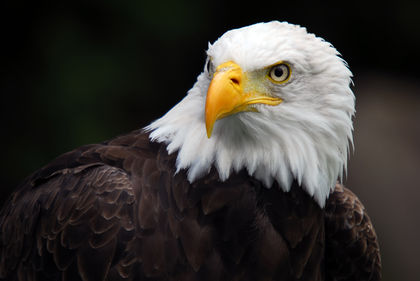- Учителю
- Поурочный план по английскому языку Founa of Kazakhstan
Поурочный план по английскому языку Founa of Kazakhstan
Сабақ жоспары
Ағылшын тілі
Сыныбы:
8 сынып.
Уақыты:
21.01.15
Сабақтың тақырыбы:
Fauna in Kazakhstan, Great Britain and the USA.
Құзыреттілікке жеткізетін сабақтың мақсат-міндеттері:
А) ақпараттық құзыреттілік
Ә) коммуникативтік құзыреттілік
Б) проблеманы шешу құзыреттілігі
Fauna of Kazakhstan, Great Britain and the USA тақырыбы бойынша білімдерін жаңа ақпараттармен толықтыру, should / shouldn't грамматикасын қолданысқа енгізу.
Ағылшын тілінде сөйлеуге үйрету, диалогтық сөйлеу дағдысын және ауызша, жазбаша тілде сөйлеуді қалыптастыру.
Жаңа сөздерді қолдана отырып, жаттығуларды өз бетімен орындауға және оны өмірде пайдалана білуге дағдыландыру.
Сабақтың типі:
Аралас сабақ
Сабақта қолданылатын педагогикалық технологиялар:
Дамыта оқыту және ізгілендіру технологиясы.
Сабақтың әдісі:
Сөздік, практикалық, көрнекілік.
Пәнаралық байланыс:
Қазақ тілі, орыс тілі.
Оқыту құралдары:
Оқулық, тақта, суреттер.
Сабақтың барысы:
Мұғалімнің қызметі
Оқушының қызметі
Күтілетін нәтиже
І. Ұйымдастыру бөлімі.
-Good morning dear children!
-Sit down please.
-How are you today?
-First of all tell me who is on duty today?
-Who is absent today?
-What date is it today?
-What day of the week is it today?
-What season is it now?
-What is the weather like today?
Now, please look at the blackboard.
-Good morning teacher!
-We are fine!
-I'm on duty today.
-All are present.
-Today is the 22nd of January.
-It is Monday.
-Today is windy (snowy, cloudy, frosty, sunny).
Мұғалімнің қойған сұрақтарына жауап береді.
ІІ. Үй тапсырмасын тексеру.
Now children we will check-up your hometask.
-What was your hometask?
-Flora of Kazakhstan, Great Britain and the USA. Read and retelling.
Үй тапсырмасы тексеріледі.
ІІІ. Жаңа материалды меңгертуді ұйымдастыру.
New lesson: Ok, let's begin new lesson.
We have started with you great theme.
The theme of the lesson '' Fauna of Kazakhstan,
Great Britain and the USA ''.
Ex.1. Read the text.
Flora and fauna of Kazakhstan
Over six thousand kinds of plants are growing in Kazakhstan (from them 515 - only here), on its open spaces it is possible to meet about 500 kinds of birds, 178 kinds of animals, 49 kinds of reptiles,12 kinds of amphibians, and in the rivers and lakes - 107 kinds of fishes. A variety of invertebrate animals here is even more: not only there are more then thousand kinds of insects. Mollusks, worms, spiders, crustaceous and others living in Kazakhstan are not less than 30 thousand kinds. Northern Kazakhstan is fertile chernozem forest-steppe; to the south - steppe, behind them semi-deserts and sandy deserts with saxaul thickets. On slopes of mountains are located the coniferous woods. The plateau Usturt of Kazakhstan, located between Caspian and Aral seas, is a slightly hilly deserted plain, faintly covered by a wormwood; only in widely widespread hollows are black saxauls. Unique beauty of a landscape give steep benches - chinks. Western chink is especially picturesque, which height achieves 340 meters; the breakages, destroyed by a wind, accept him whimsical form. Only in Kazakhstan live such rare animals as Transcaspianurial, long-needle hedgehog and some wild cats: caracal and desert cat. Here is a lot of slim goitred gazelles, deserted birds - black-tailed sand grouse, Pallas sand grouse, wheatear and larks.
Fauna of Great Britain
The island of Great Britain, along with the rest of the archipelago known as the British Isles, has a largely temperate climate. It contains a relatively small fraction of the world's wildlife. In general the avifauna of Britain is similar to that of Europe, consisting largely of Palaearctic species. As an island, it has fewer breeding species than continental Europe, with some species, like crested lark, breeding as close as northern France, yet unable to
colonise Britain. The mild winters mean that many species that cannot cope with harsher conditions can winter in Britain, and also that there is a large influx of wintering birds from the continent or beyond. There are about 250 species regularly recorded in Great Britain, and another 300 that occur with varying degrees of rarity.
Large mammals are not particularly numerous in Great Britain. Many of the bigger species, such as the grey wolf and the brown bear, were hunted to extinction many centuries ago. However, in recent times some of these large mammals have been tentatively reintroduced to some areas of mainland Britain. The largest wild mammals that remain in Britain today are predominantly members of the deer family. The red deer is the largest native mammal species, and is common throughout England, Scotland and Wales. The other indigenous species is the roe deer. The common fallow deer is in fact not native to Britain, having been brought over from France by the Normans in the late 11th century. It has become well established. The Sika deer is another small species of deer which is not indigenous, originating from Japan. It is widespread and expanding in Scotland from west to east, with a strong population in Peeblesshire. Bands of Sika exist across the north and south of England though the species is absent in Wales.
Fauna of the USA
The fauna of the United States of America is all the animals living in the Continental United States and its surrounding seas and islands, the Hawaiian Archipelago, Alaska in the Arctic, and several island-territories in the Pacific and in the Caribbean. The U.S. has arguably the most diverse fauna in the world and has many distinctive indigenous species found nowhere else on Earth. With most of the North American continent, the U.S. lies in the Nearctic faunistic realm, a region containing an assemblage of species similar to Northern parts of Africa and Eurasia. An estimated 432 species of mammals characterize the fauna of the continental U.S. More than 800 species of bird and there are more than 100 000 known species of insects. There are 311 known reptiles, 295 amphibians and 1154 known fish species in the U.S.Known animals that exist in all of the Lower 48 include white-tailed deer, bobcat, raccoon, muskrat, striped skunk, barn owl, American mink, American beaver, North American river otter and red fox. Huge parts of the most beautiful parts of the country with the most distinctive indengious wildlife are protected as national parks. In 2013, the U.S. has more than 6770 national parks or protected areas, all together more than 2,607,131 km2. The first national park was Yellowstone National Park in the State of Wyoming, established in 1872. Yellowstone National Park is widely considered to be the finest megafauna wildlife habitat in the U.S. There are 67 species of mammals in the park, including the gray wolf, the threatened lynx, and grizzly bears.
Ex.2. True (T) or false (F)
1. Over three thousand kinds of plants are growing in Kazakhstan.
2. Northern Kazakhstan is fertile chernozem forest-steppe; to the south - steppe, behind them semi-deserts and sandy deserts with saxaul thickets.
3. Many of the bigger species, such as the grey wolf and the brown bear, were hunted to extinction many centuries ago.
4. The white deer is the largest native mammal species, and is common throughout England, Scotland and Wales.
5. An estimated 332 species of mammals characterize the fauna of the continental U.S.
6. The first national park was Yellowstone National Park in the State of Wyoming, established in 1872.
Оқушылар күннің ретін дәптерлеріне жазып, жаңа тақырыппен танысады.
Мәтінді тізбектеп оқиды.








1. F
2. T
3. T
4. F
5. F
6. T
Мұғалімнің айтқандарын тыңдайды.
Мәтінді оқып, аударады.








 </</p>
</</p>
Мәтінге қарай отырып, сөйлемдердің дұрыс немесе бұрыс екендігін анықтап жазады.
ІV. Жаңа білімді мұғалімнің көмегімен бекіту.
Жаңа білімді оқушының көмегімен бекіту.
Сабақ бекітуде
Ex.3. Write wild or domestic animals.
Fox, rabbit, cat, horse, elephant, wolf, dog, lion, tiger, cow, bear, monkey, pig.
Wild animals Domestic animals
.......... ...............
.......... ...............
Жаттығуды өз бетімен орындап, сабақты қорытындылайды.
Тапсырма беру арқылы жаңа сабақ бойынша білімдері тексеріледі.
V.Үйге тапсырма.
Барлық бөлімдерді қайталау.
Қайталау.
Барлық бөлімдер бойынша жаңа сөздерді жаттап, қайталайды.